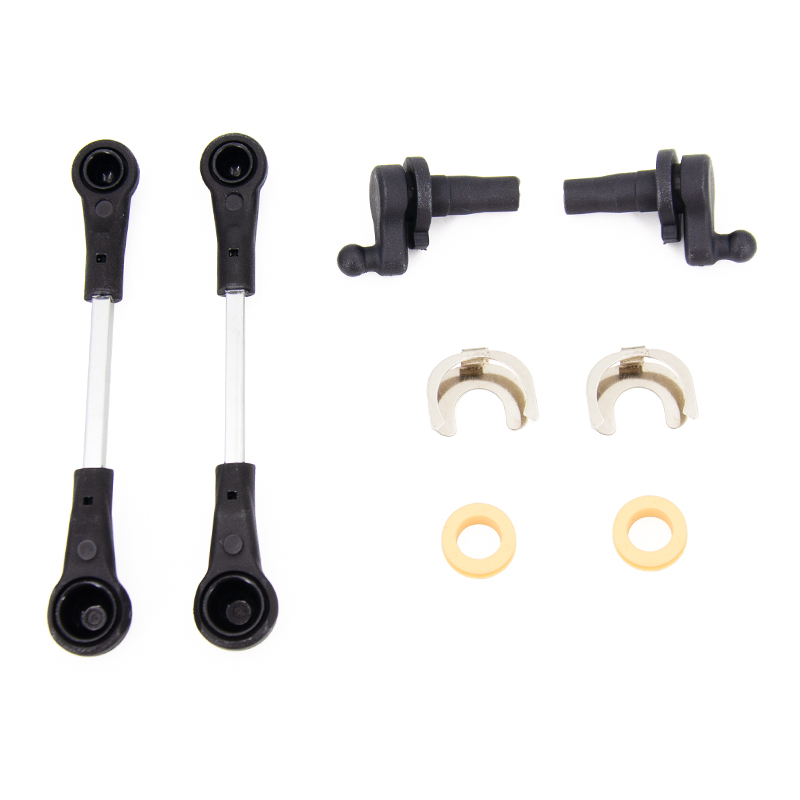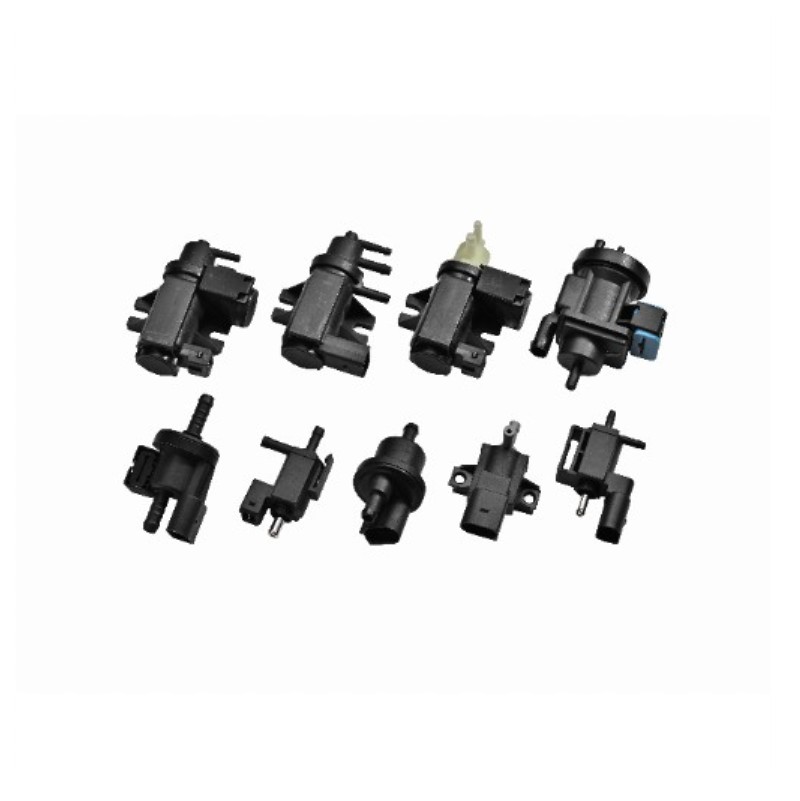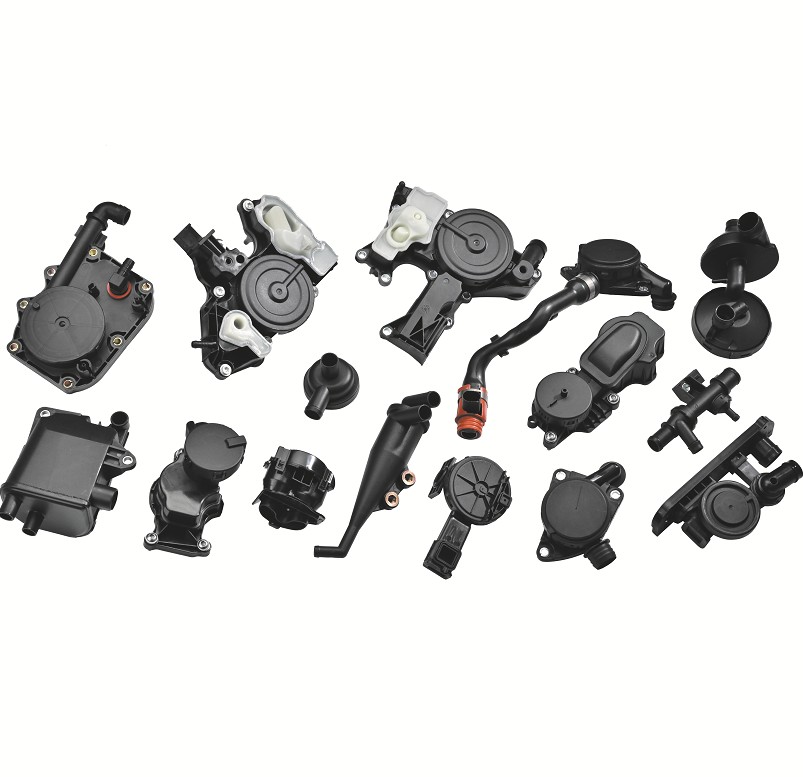The heart of a car—the engine—requires a continuous supply of air. The Air Intake Hose is a crucial passage in the engine's breathing system. It's a core component that delivers filtered fresh air to the engine's combustion chamber. The design and materials of the Air Intake Hose directly affect engine performance, fuel efficiency, and emissions.
Content
Four Serious Consequences of a Damaged Air Intake Hose
When the Air Intake Hose connecting the air filter and the throttle body develops cracks, perforations, or a loose connection, it can lead to the following problems:
1. Significantly Reduced Power Output ("Short Air" Phenomenon)
The primary function of the Air Intake Hose is to guide and deliver air to ensure complete combustion of fuel. Modern engines use a flow meter (MAF) to precisely measure the amount of air entering the engine. A damaged Air Intake Hose will draw in unmeasured outside air (i.e., "false intake" or "leakage").
Consequence: The engine control unit (ECU) receives incorrect air volume data, resulting in a mismatch between the fuel injection quantity and the actual air intake quantity, leading to an excessively lean air-fuel mixture. The direct result is insufficient power, especially noticeable acceleration lag and performance degradation.
2. Unstable Engine Idling and Vibration
Air leaks cause a severe imbalance in the air-fuel mixture ratio at idle, especially after a cold start.
Consequences: The vehicle experiences fluctuating idle speed, severe engine vibration, and may even stall. The driving experience becomes very poor.
3. Reduced Fuel Efficiency and Increased Fuel Consumption
Due to the incorrect air-fuel ratio (too lean), the ECU attempts to compensate by increasing fuel injection to maintain engine operation and prevent knocking.
Consequences: While the goal is stable operation, this ultimately manifests as an unreasonable increase in fuel consumption, significantly increasing your long-term operating costs.
4. Check Engine Light Illumination and Excessive Emissions
Air leaks in the Air Intake Hose are one of the common causes of the Check Engine Light.
Consequences: Leaking air bypasses filtration and purification, entering the cylinders with dust and impurities. This not only accelerates wear on internal engine components such as pistons, valves, and turbochargers, but also leads to excessive vehicle emissions due to incomplete combustion, causing vehicles to fail annual inspections.
How to Inspect and Maintain Your Air Intake Hose?
Air Intake Hoses are critical components for ensuring engine performance. They are typically made of flexible materials, but prolonged exposure to high temperatures, oil contaminants, and engine vibration can easily cause aging, hardening, and cracking.
Self-Inspection Tips:
Visual Inspection: Carefully inspect the Air Intake Hose along its entire length for obvious cracks, cuts, or signs of bulging. Pay special attention to joints and bends.
Audio Inspection: While the engine is running, carefully listen for a hissing sound indicating a leak; this is usually a clear sign of leakage.
Our Air Intake Hose products not only focus on guiding airflow but also emphasize the high impact resistance and high-temperature resistance of the materials, ensuring good airtightness and flatness even in harsh operating environments. This minimizes hose damage caused by material aging, thereby guaranteeing stable engine performance.
If your vehicle experiences unstable idling, weak acceleration, or a warning light illuminated, be sure to prioritize these issues for inspection. Timely replacement of a damaged intake pipe is a crucial step in maintaining excellent vehicle performance and low emissions.


 English
English русский
русский Español
Español Deutsch
Deutsch











